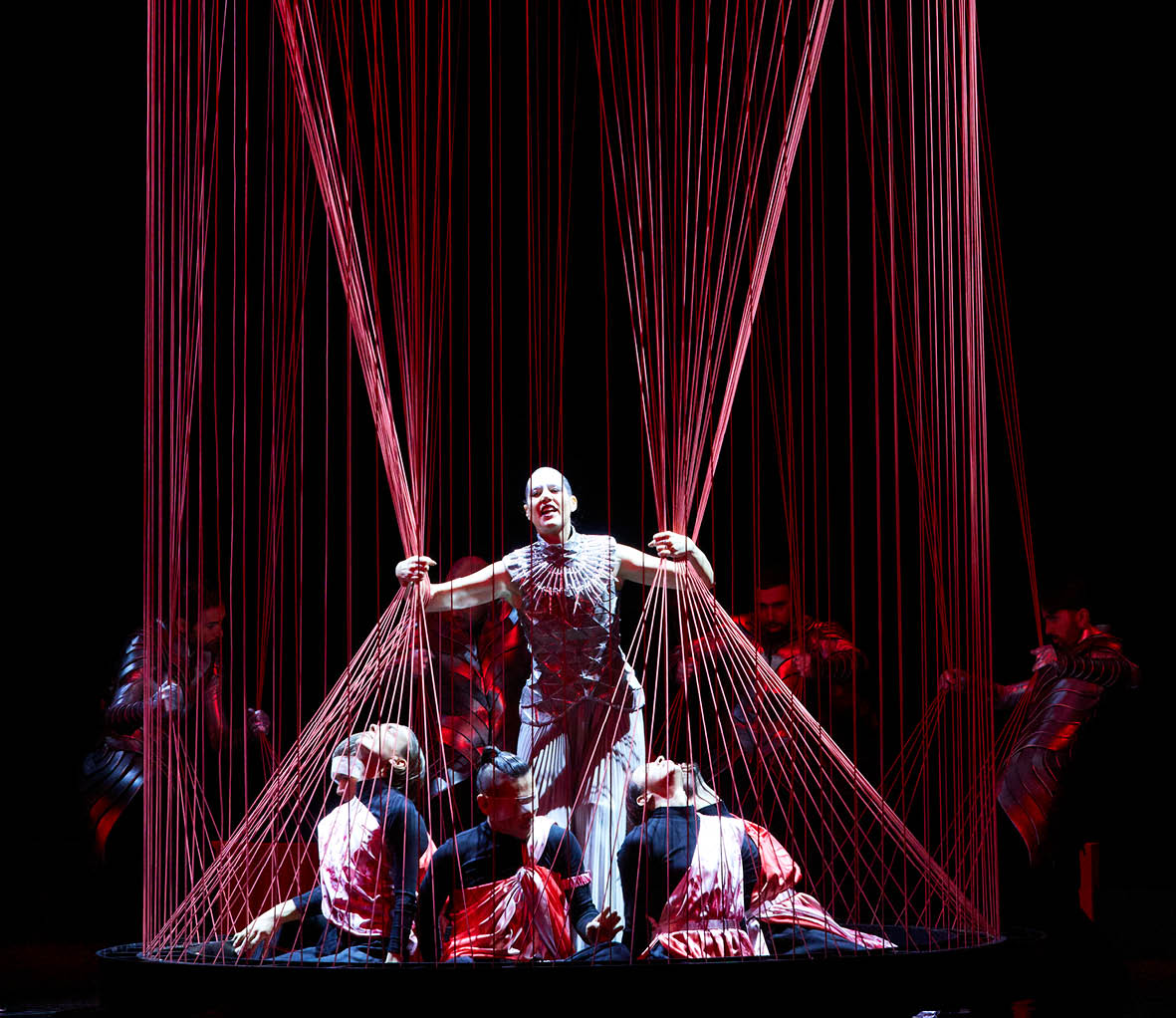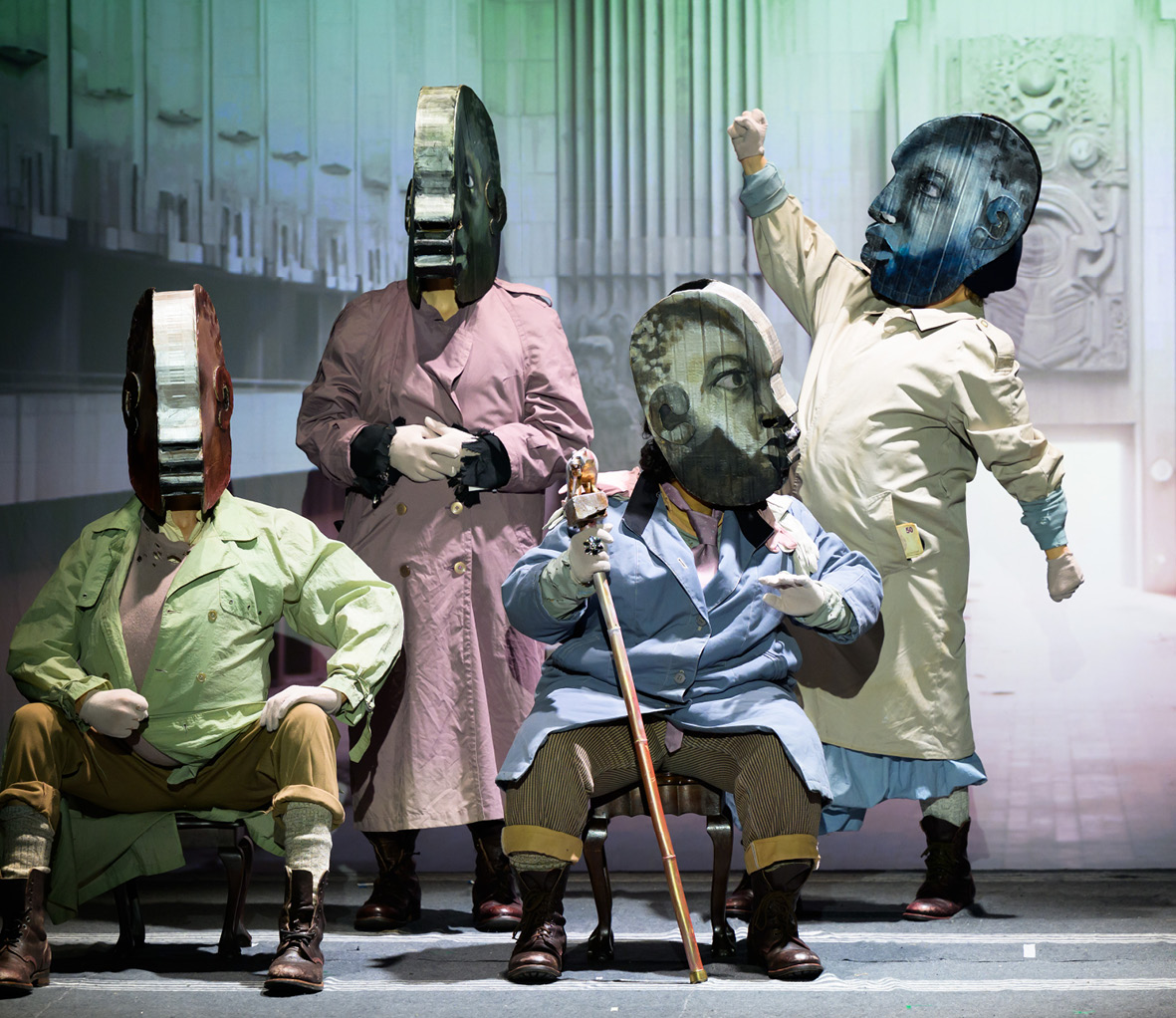Idomeneo, re di Creta

Idomeneo, re di Creta
Wolfgang Amadeus Mozart (1756-1791)
Opera seria en trois actes
Livret de Giambattista Varesco
Créé le 29 janvier 1781 au Altes Residenztheater de Munich
FR L’opera seria en trois actes Idomeneo, re di Creta, composé sur un livret de Giambattista Varesco, est un ouvrage spectaculaire, où le jeune Mozart donne une importance inédite au ballet, à l’orchestre et au chœur. Le chorégraphe et metteur en scène Sidi Larbi Cherkaoui (icon, 17 • 18 et Vlaemsch, 22 • 23), avec Fabio Biondi (La Clemenza di Tito, 23 • 24 et Così fan tutte, 24 • 25) à la direction musicale de l’Orchestre Philharmonique du Luxembourg, a donc tout naturellement été choisi pour la mise en scène et chorégraphie de ce spectacle, mêlant chant, danse et arts plastiques. Pour Cherkaoui, le mythe d’Idoménée – ce roi qui refuse d’abdiquer au prix du sacrifice de son propre fils et de l’avenir de son peuple – est d’une actualité brûlante. Ce sont les danseurs et danseuses de la compagnie Eastman qui actionnent le décor raffiné de fils rouges et blancs de la plasticienne japonaise Chiharu Shiota.
EN Renowned choreographer Sidi Larbi Cherkaoui reimagines this opera seria, composed when Mozart was just twenty-five, as a reflection on power, destiny, and generational conflicts. Following the Trojan War, Cretan king Idomeneo must sacrifice his son to fulfil a promise to Neptune, while a forbidden love blooms between Idamante and Trojan princess Ilia. In this innovative staging, dancers embody the inescapable shadows of history, accompanied by the Luxembourg Philharmonic, directed by Fabio Biondi. The visual world, shaped by artist Chiharu Shiota’s intricate yarn sculptures, evokes a fragile reality of creation and destruction. In contrast to Mozart’s conventional lieto fine, Cherkaoui embraces the tragedy’s relentless logic, reminding us that history’s grip is not easily undone.
DE Nach La Clemenza di Tito (23 • 24) und Così fan tutte (24 • 25) präsentieren die Théâtres de la Ville nun Mozarts Idomeneo. Die Koproduktion mit dem Grand Théâtre de Genève inszeniert Sidi Larbi Cherkaoui, von dem zuletzt das Tanzstück Vlaemsch (22 • 23) gezeigt wurde und in dieser Spielzeit auch Ihsane zu sehen ist. König Idomeneo erleidet Schiffbruch bei seiner Heimkehr vom Trojanischen Krieg. Neptun gewährt ihm die Weiterfahrt, doch der Held muss seinen Sohn opfern, um den Gott zu besänftigen. Cherkaoui interessiert am antiken Stoff vor allem das Motiv des Schicksals, das im ostasiatischen Raum als Karma aufgefasst wird. Für das raffinierte Bühnenbild hat er deshalb die japanische Künstlerin Chiharu Shiota verpflichtet, die für ihre Arbeit mit roten Fäden bekannt ist.

